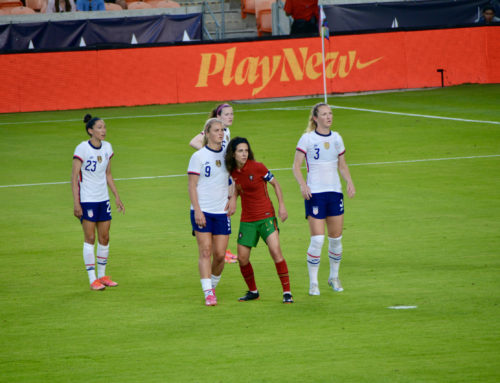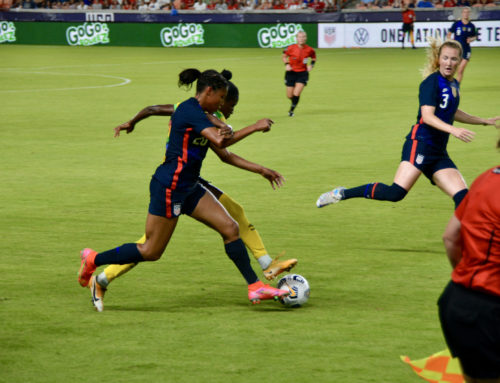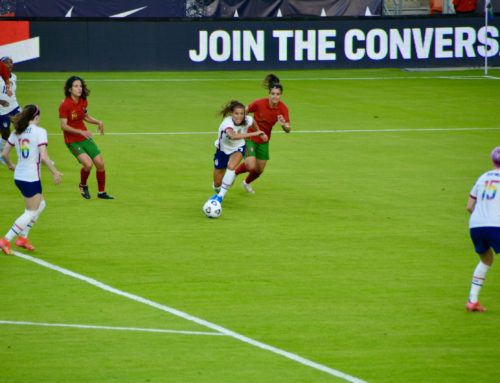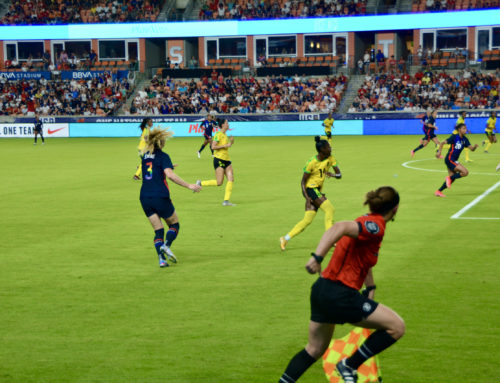Recovering the ball is an essential skill for any team, especially those that may spend significant portions of a game without possession. To effectively recover the ball, a team must work together to apply pressure, cut off passing options, and maintain a balanced shape. These three elements – pressure, cover, and balance – form the foundation of a team’s strategy for recovering the ball.
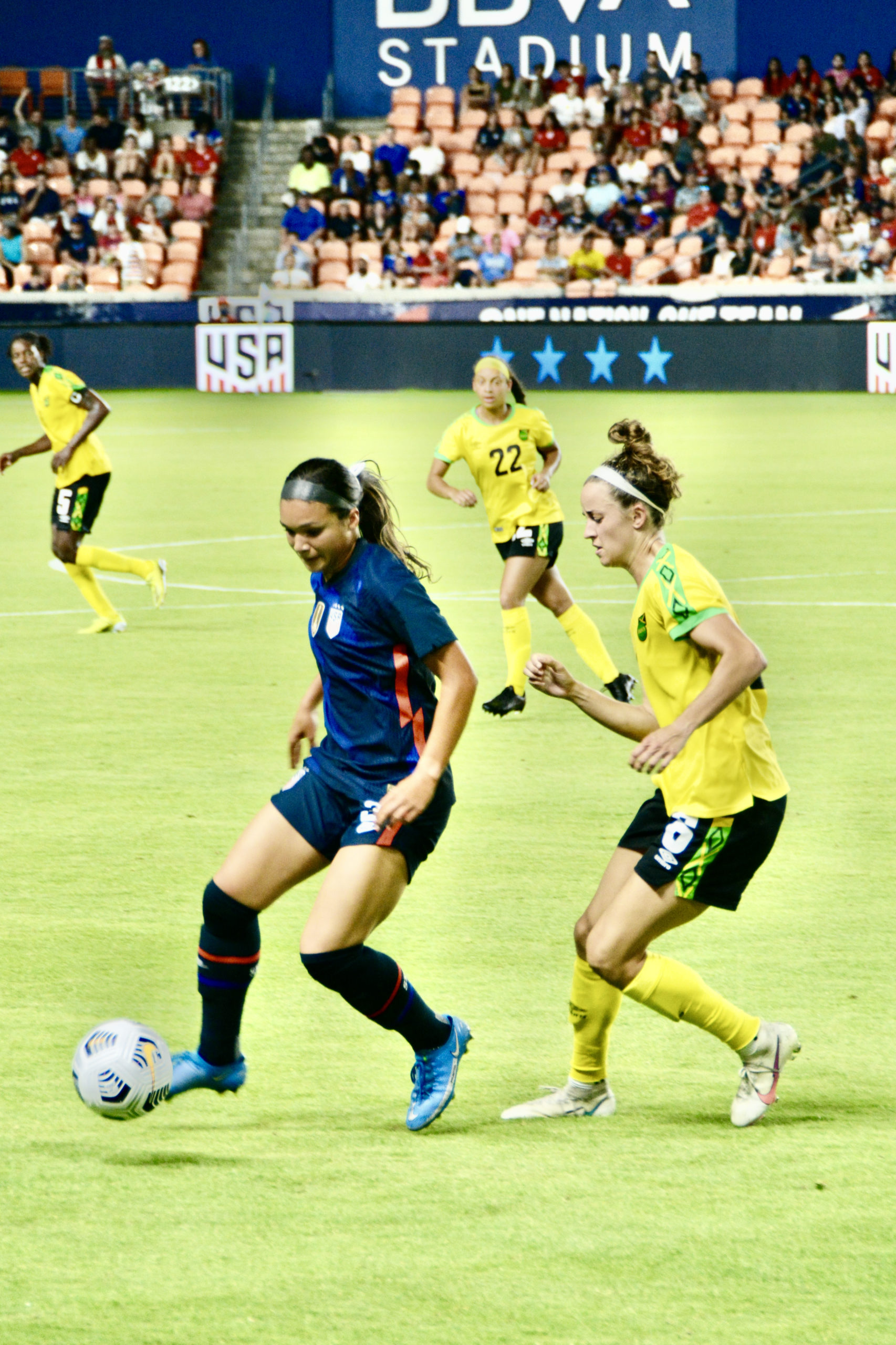
There are several strategies that a team can use when out of possession, including high press, mid-block, and low-block. Each of these strategies has its own advantages and disadvantages, and the best strategy for a particular team will depend on their strengths, the opposition, and the game situation.
To apply pressure, the closest player to the ball should look for opportunities to apply pressure on the opposing player with the ball. This can be done by anticipating their next move, positioning themselves to intercept passes, or closing down space. Other players near the ball should cover passing options and cut off lanes, while those further away should maintain a balanced shape to support their teammates and protect against counter-attacks.
Players can also look for specific cues, known as pressure triggers, to determine when to apply pressure. Some common pressure triggers include an opposing player receiving the ball with their back to goal, or a teammate being outnumbered in a specific area of the field.
Effective communication and coordination among the team is also key to successfully recovering the ball. This includes communicating pressure and cover assignments, as well as maintaining a balanced and structured shape as a team. By working together and executing their out-of-possession strategy, a team can effectively recover the ball and create scoring opportunities for themselves.
- Back to the goal
- Closed body profile
- Wrong foot reception
- Slow pass
- Bouncing pass
- Lofted pass
- Use sideline to squeeze
- In a corner
- In shooting range


